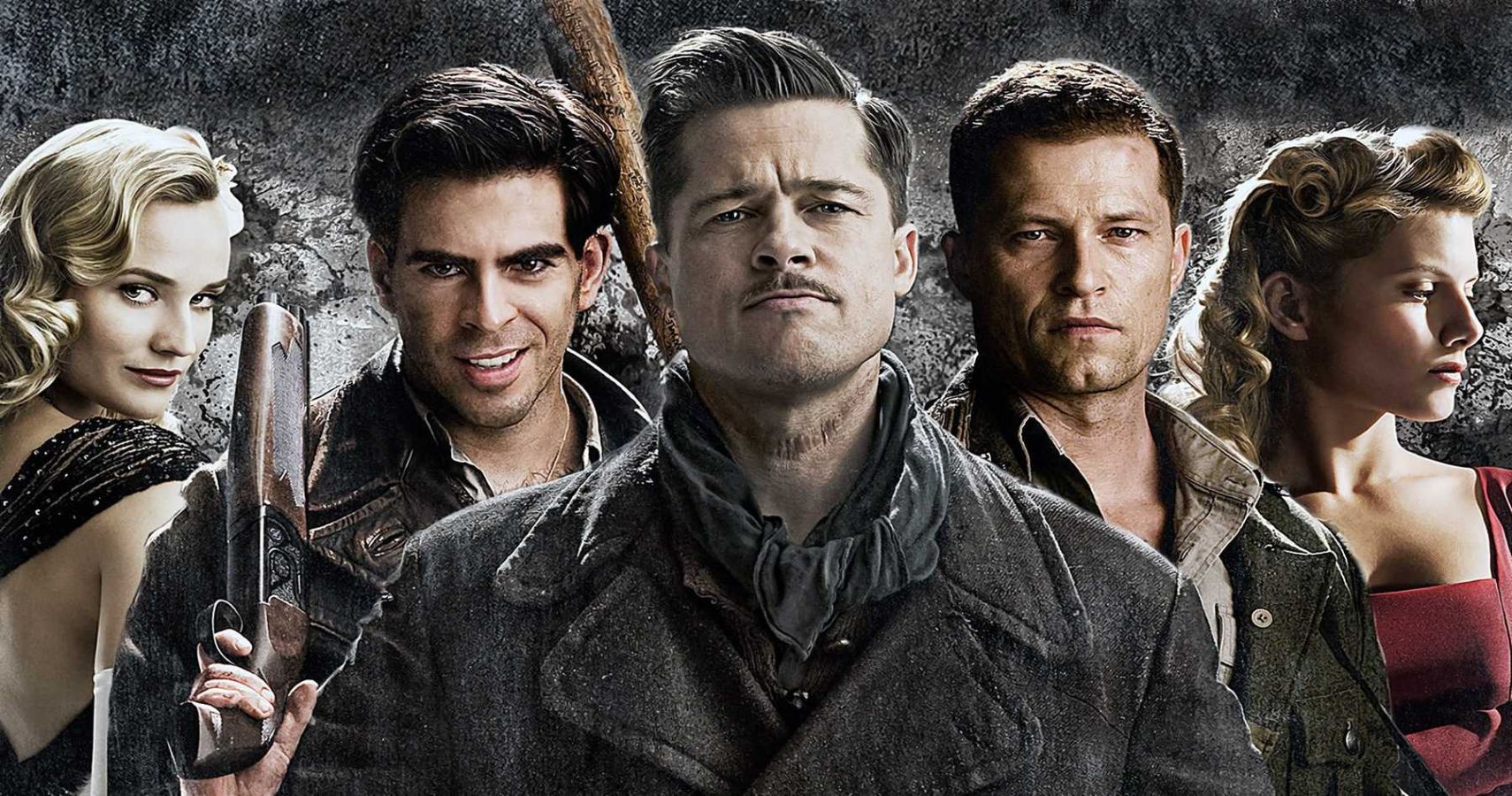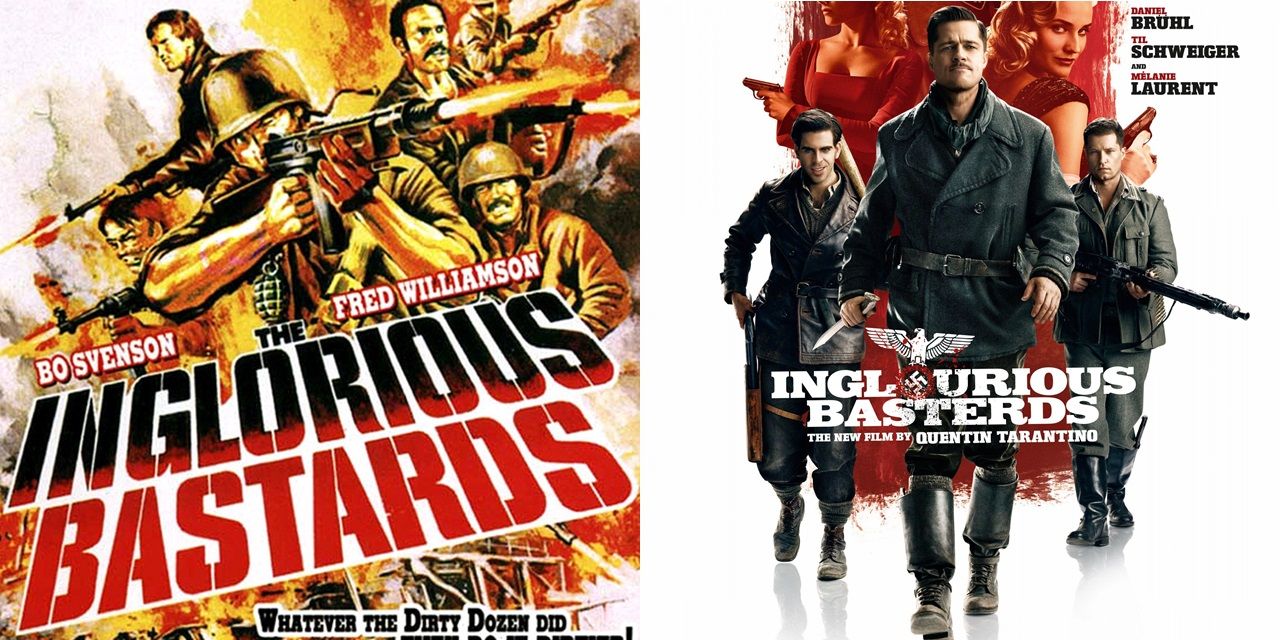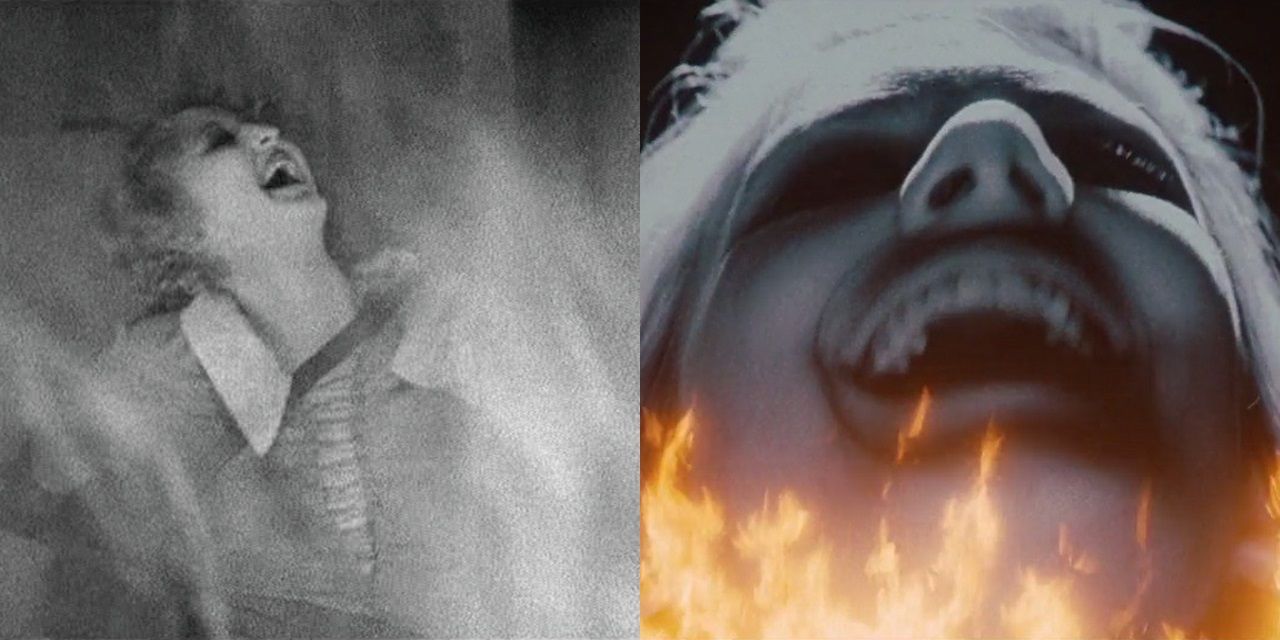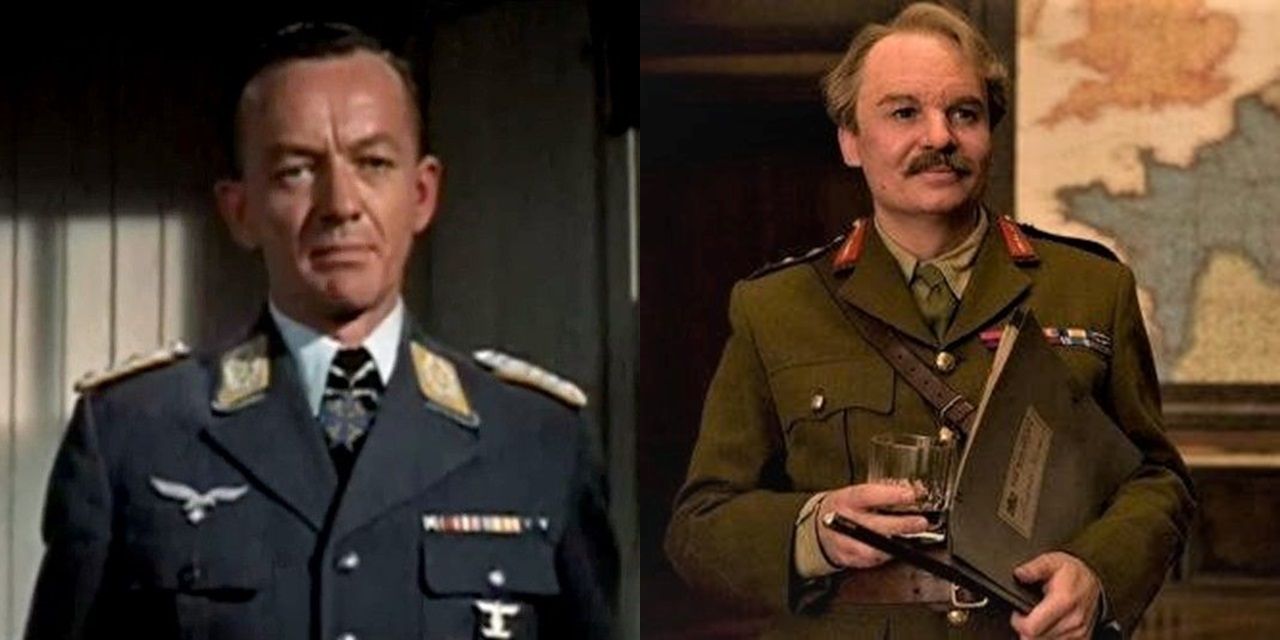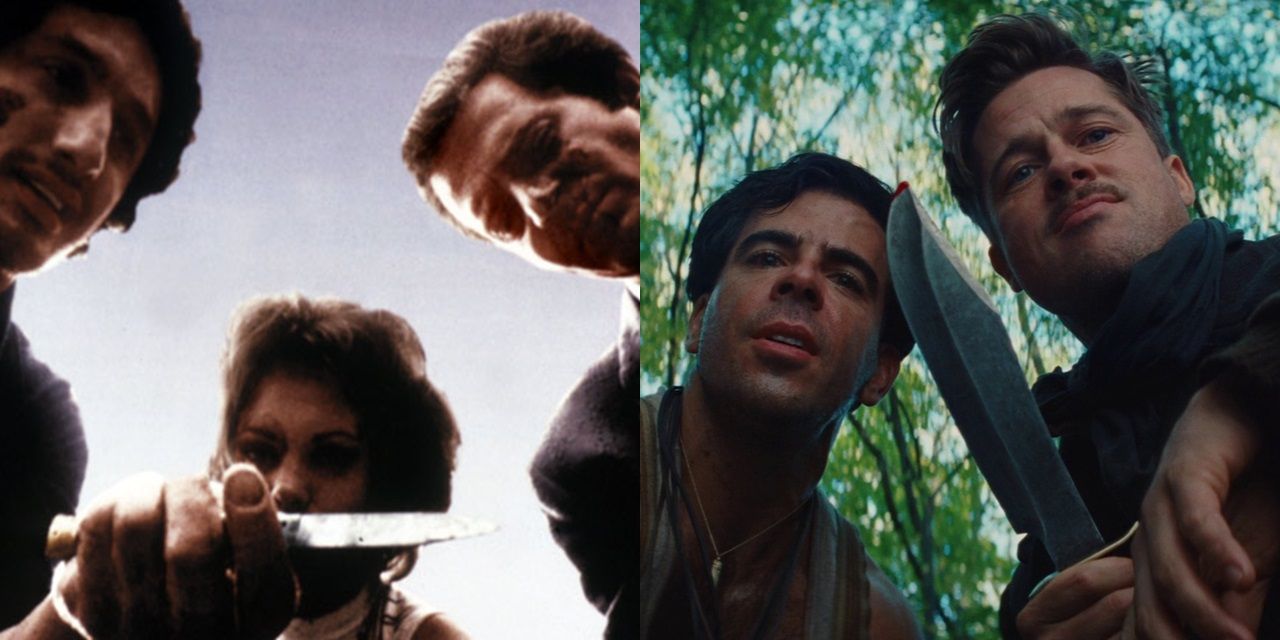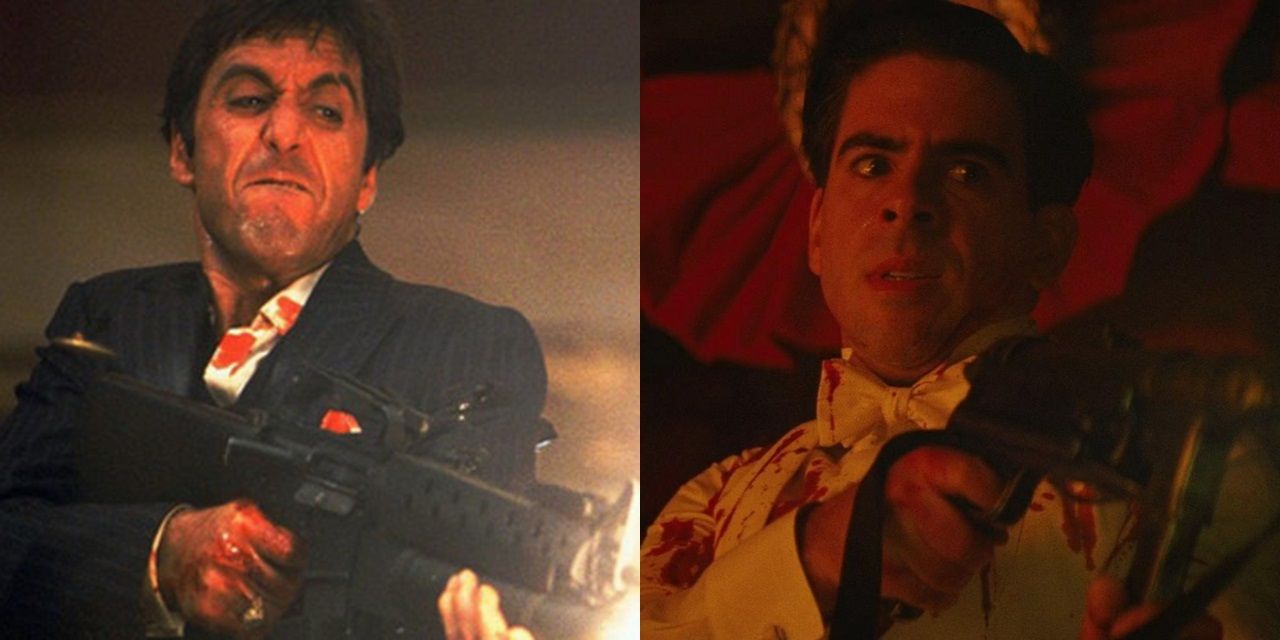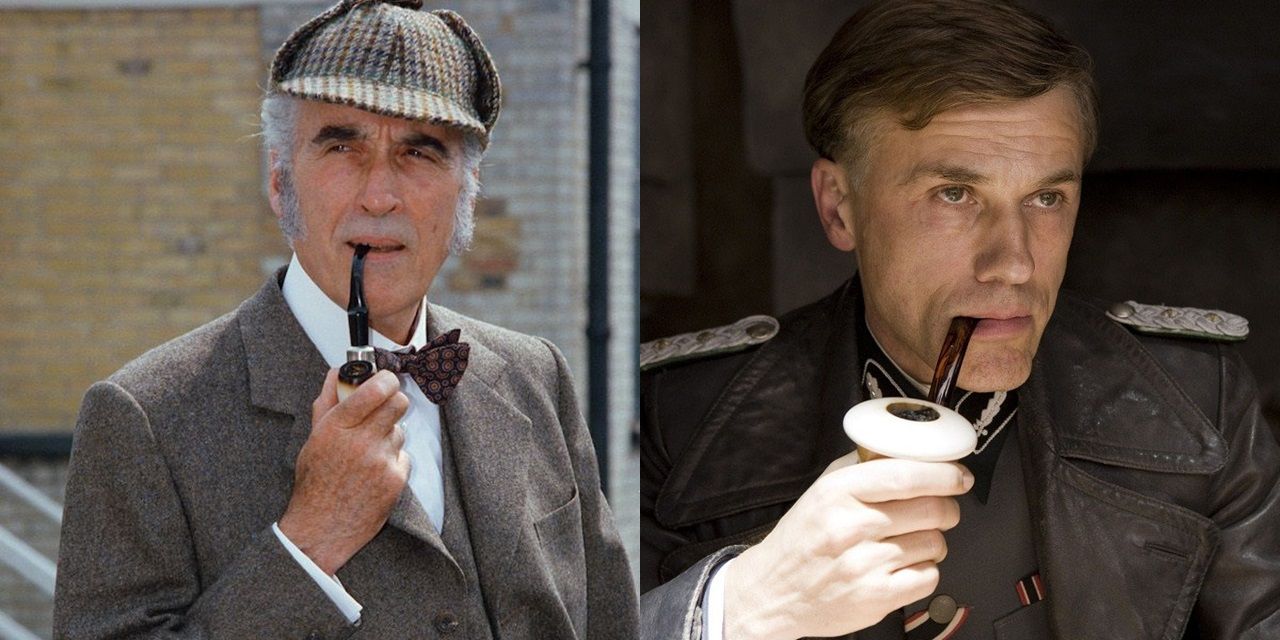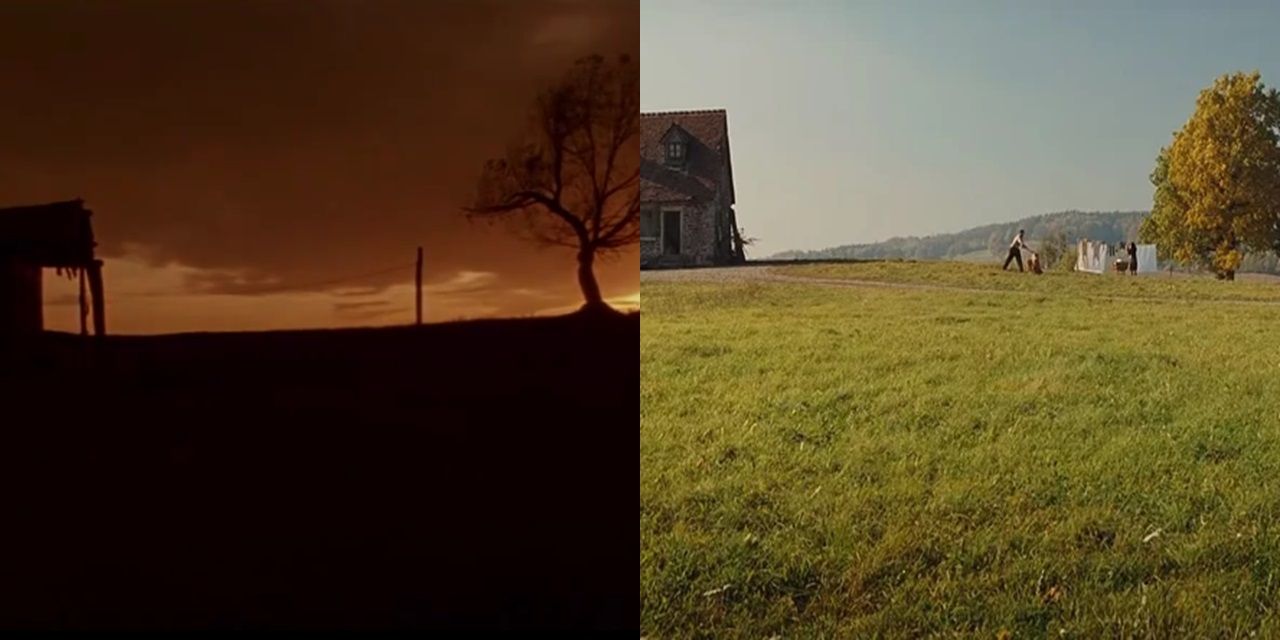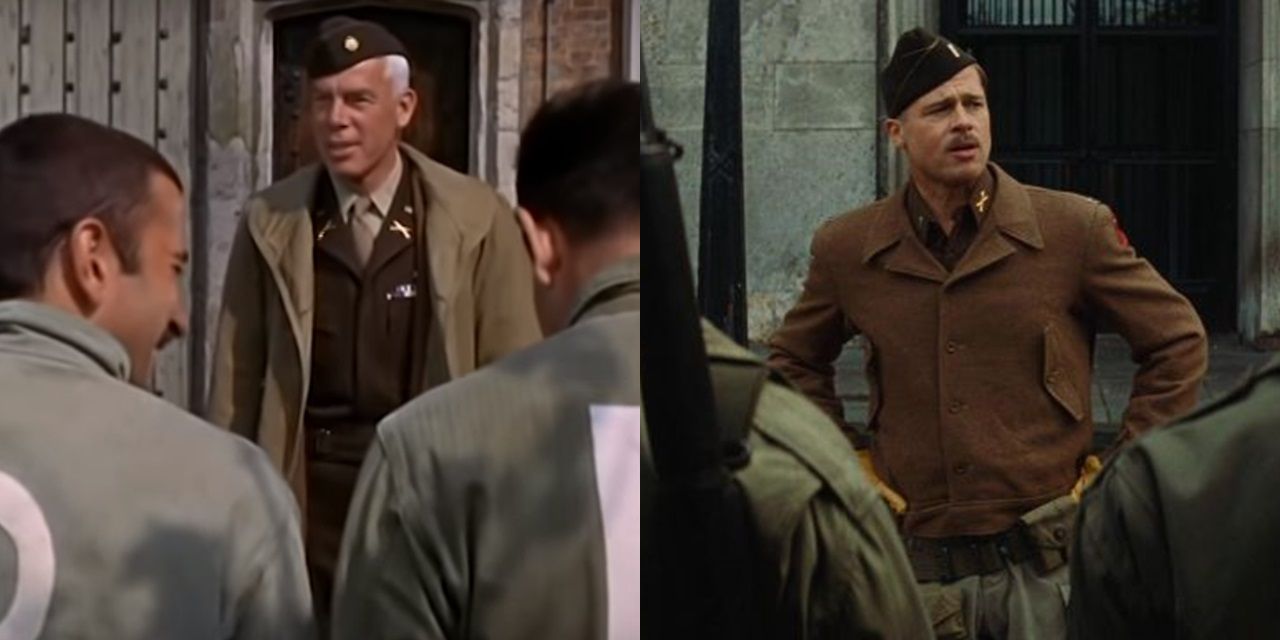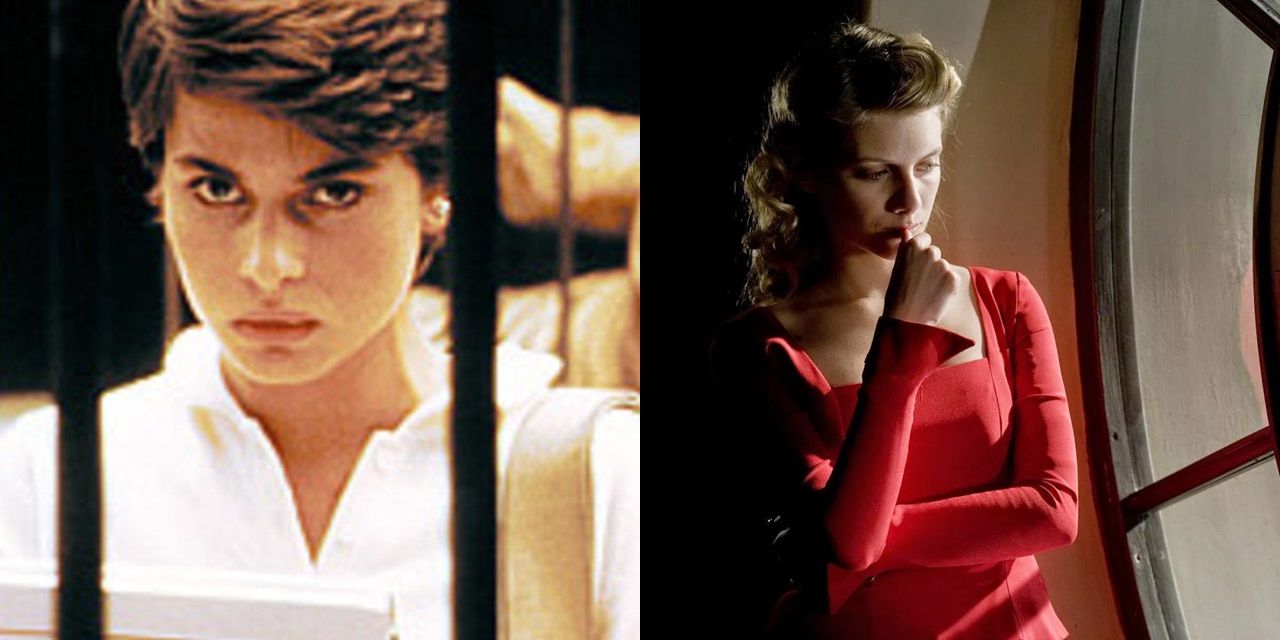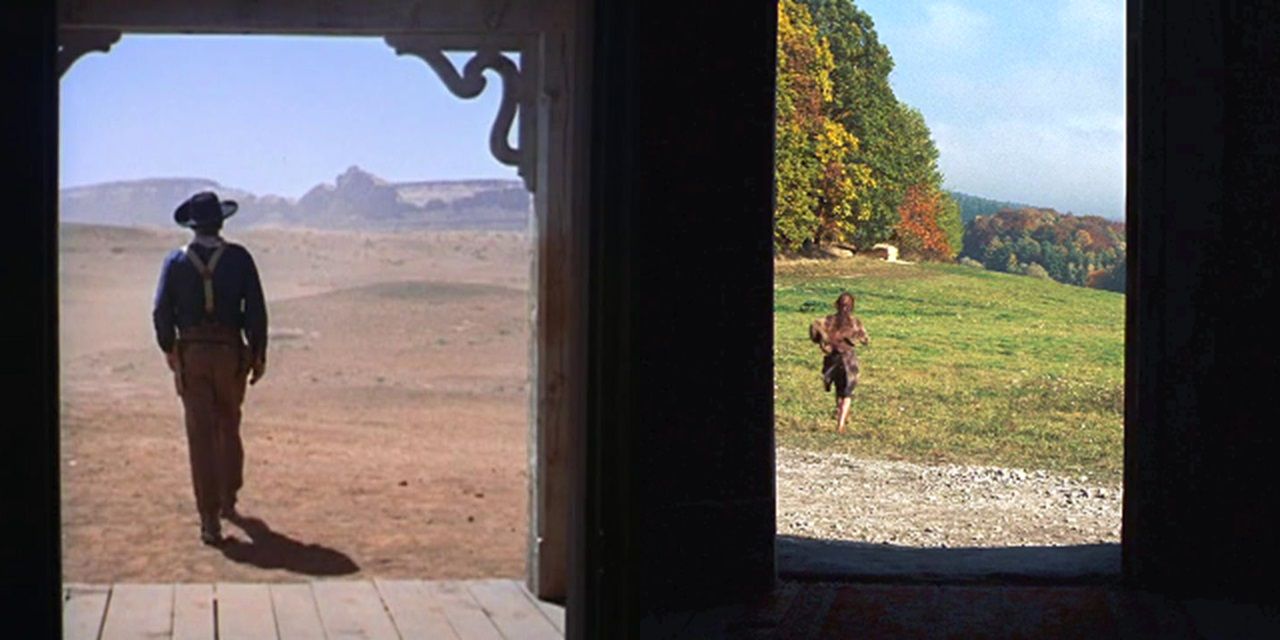Quentin Tarantino’s Inglourious Basterds is one of the greatest war movies in recent memory. It’s not based on any true stories and it has too much dark humor to be a truly harrowing portrait of armed combat, but it’s filled with unforgettable characters and scenes. It’s the only WWII epic to kill off Hitler in a gruesome, fictional way.
As with all of Tarantino’s movies, there are plenty of shots, lines of dialogue, and even character names that were taken from earlier movies. In the director’s own words, “Great artists steal. They don’t do homages.” So, here are Inglourious Basterds’ 10 best movie references, ranked.
The Inglorious Bastards
Right off the bat, we’ll talk about the movie that Inglourious Basterds got its name from. Tarantino’s film is not a remake of Enzo G. Castellari’s 1978 Italian macaroni combat film The Inglorious Bastards (itself a loose retelling of The Dirty Dozen), but it does include a bunch of references to it, including a cameo appearance by its star Bo Svenson as an American colonel.
Tarantino has consistently refused to explain why he changed the spelling of the title, but it could’ve just been a creative decision to differentiate this version from the original.
Metropolis
There’s a scene in Fritz Lang’s seminal sci-fi epic Metropolis in which Maria can be seen laughing through the flames of a bonfire. The shot in Inglourious Basterds of Shoshanna on the silver screen, laughing, as her theater burns to the ground with all the most powerful Nazi leaders trapped inside, is a direct reference to this.
Ironically, Metropolis was a favorite of noted film buff Adolf Hitler. On top of this, the projection of Shoshanna can be seen as a visual reference to the titular sorcerer in The Wizard of Oz.
The Great Escape
At one point in Inglourious Basterds, General Ed Fenech says, “We have all our rotten eggs in one basket.” This mirrors a line in John Sturges’ The Great Escape, when Kommandant von Luger says, “We have, in effect, put all our rotten eggs in one basket.”
Quentin Tarantino has always ranked The Great Escape among his favorite movies. He even inserted Leonardo DiCaprio into one of its most pivotal scenes for a cutaway in Once Upon a Time in Hollywood when Rick Dalton talks about how close he came to clinching the lead role before Steve McQueen signed on.
The Last House on the Left
The scenes in which Aldo Raine carves swastikas into Nazis’ heads, so that they can never escape from the atrocities they’ve committed during World War II, are among the most horrific in the movie. So, it should come as no surprise that they’re an homage to a horror movie.
The skin-carving, and the low-angle shots of the person who did the carving holding the knife and admiring their work, were taken from Wes Craven’s 1972 exploitation classic The Last House on the Left.
Scarface
The shot of Donny Donowitz raining gunfire down on the Germans from the balcony in the movie theater with a MP40 is similar to a shot of Tony Montana firing his own machine gun from the upper floor of his mansion in the big finale of Brian De Palma’s gangster epic Scarface.
The expression on Eli Roth’s face even seems to imitate the expression on Al Pacino’s face in the earlier movie.
Sherlock Holmes
In most Sherlock Holmes movies, the famed detective smokes a large pipe. Col. Hans Landa smokes a similar pipe in Inglourious Basterds. Quentin Tarantino confirmed in an interview that the pipe was intended to link Landa’s characterization with Holmes’.
To us, Landa is a sinister hunter indulging the dangerous prejudices of the Nazi Party. But Landa simply sees himself as a detective, determined to do his job well, and for all intents and purposes, he does that job well. These complex ethics made him an iconic villain.
Unforgiven
Clint Eastwood’s Unforgiven is arguably the finest western to come out of Hollywood since the western genre faded into obscurity. Apart from the time of day in which the scene is set, the opening shot of Inglourious Basterds is identical to the opening shot of Unforgiven: a wide shot of a farm that adheres closely to the rule of thirds, with the farm house on the left and a tree on the right.
This is unsurprising, because Tarantino’s goal with Inglourious Basterds was to direct a spaghetti western set during World War II.
The Dirty Dozen
The whole premise of Inglourious Basterds feels like an homage to The Dirty Dozen. When Quentin Tarantino set out to craft his cinematic take on the Second World War, he decided to do his own bunch-of-guys-on-a-mission movie, a la The Dirty Dozen or Where Eagles Dare.
The introduction of Lt. Aldo Raine and his team of eight Jewish American soldiers has similar over-the-head, over-the-shoulder, and closeup shots to the introduction of the prisoners in The Dirty Dozen.
Cat People
Cat People is an obscure, erotic horror movie from the ‘80s. It was directed by Paul Schrader, the screenwriter behind Taxi Driver, and it stars Nastassja Kinski and Malcolm McDowell. It was a remake of an earlier horror movie released in 1942.
David Bowie’s theme song from the ‘80s version, entitled “Cat People (Putting Out Fire),” can be heard in Inglourious Basterds during the scene in which Shoshanna gets ready for the premiere, applying makeup like warpaint.
The Searchers
In the opening scene of Inglourious Basterds, after Col. Landa’s men open fire on the Jewish refugees hiding beneath the floorboards of a farm house, the sole survivor, Shoshanna, manages to escape the crawlspace and flee the farm. The shot of Shoshanna running away as Landa watches her is framed the same way as the opening and closing shots from John Ford’s western masterpiece The Searchers.
In The Searchers, this shot symbolizes Ethan Edwards’ return to the wilderness from which he came. In Inglourious Basterds, it symbolizes Shoshanna’s narrow escape from the comfort of a dairy farm into a hostile world where she’ll struggle to stay alive.

